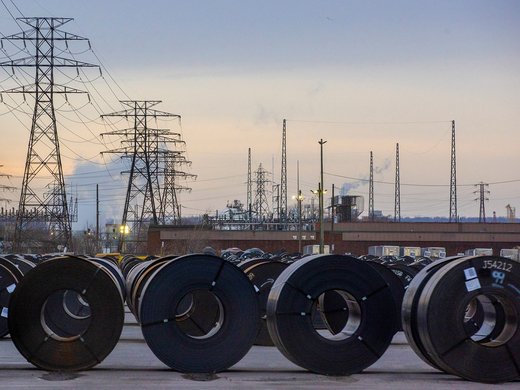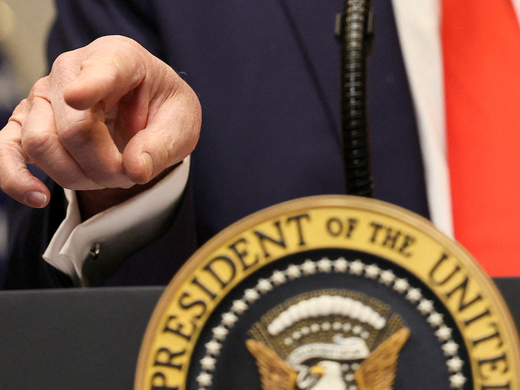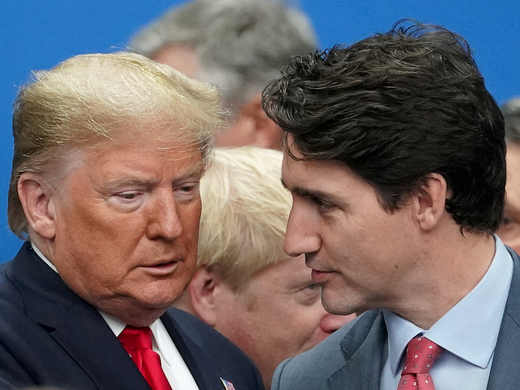The 20-year anniversary of the North American Free Trade Agreement (NAFTA) has been seen as another milestone in the ongoing trade relations among Mexico, Canada and the United States. It offers a good opportunity to assess how the agreement has worked and to consider whether regional integration can be enhanced. There are many ways to evaluate NAFTA. This paper undertakes a stratified analysis, while considering each party’s perspective. Such an approach places NAFTA in its historical context while also looking forward, in order to reflect on whether a fuller integration can be achieved to assist the three parties in facing the significant global challenges of today.
The three NAFTA parties expected trade and investment flows to increase as a result of the agreement’s operation. However, their respective policy objectives in entering into trilateral negotiations differed. Twenty years later, there is no doubt that NAFTA accomplished the goal of increasing trade and investment flows among the three parties, even exceeding expectations.
To a large extent, NAFTA has worked well and mostly as expected. The great majority of the transactions happening daily in the region take place uneventfully, in accordance with the NAFTA rules. However, certain disputes remain unresolved and have had far-reaching consequences that go beyond the specific sectors and bilateral trade relations. As well, the agreement could be significantly improved through the parties’ compliance with their NAFTA obligations. The relationship among the parties could also pave the way to jointly address other related topics such as security of energy supply, energy efficiency, sustainable development and climate change, the development and integration of regional energy infrastructure, the development of energy distribution networks, low-carbon technologies, carbon capture and the shift to alternative energy.


